Saru Taqi Mosque - A Site With A Rich Safavid Architecture
Isfahan is renowned for its grand mosques, palaces, and historical splendor, and hides within its bustling streets a lesser-known yet fascinating historical treasure: the Saru Taqi Mosque.
This mosque, located in the heart of Isfahan, offers a unique glimpse into Iran’s Safavid and early Qajar history.
In this blog, we will delve into the mosque’s history, architectural features, location, how to get there and practical tips for tourists, ensuring you make the most of your visit to this captivating site.
Saru Taqi Mosque History
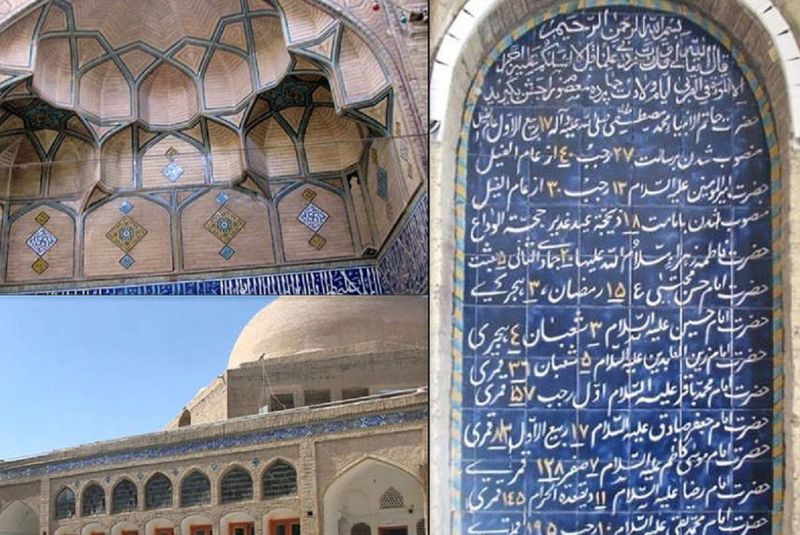
The Saru Taqi Mosque, located in the bustling market area of Isfahan, is a testament to the city's rich historical tapestry. Commissioned by Saru Taqi, a prominent Safavid statesman and Grand Vizier under Shah Safi and Shah Abbas II, the mosque was constructed between 1053-1055 AH (1643-1645 CE).
Saru Taqi was originally from Tabriz and rose to prominence during the Safavid era due to his administrative skills and loyalty. Despite his significant contributions, including the renovation of Shia shrines in Baghdad, Saru Taqi's life was cut short by assassination, which occurred before the mosque’s completion.
The construction continued posthumously due to his popularity and the respect he commanded. The mosque was registered as a national monument of Iran on December 6, 2006 recognizing its cultural and historical importance.
Who Was Saru Taqi?
Saru Taqi was born around 1579 in Tabriz, was a key figure in Safavid Iran. Originally serving in various administrative roles, he gained prominence as the Grand Vizier under Shah Safi and later Shah Abbas II.
His contributions included overseeing significant architectural projects and reforms. Despite his achievements, his career ended abruptly when he was assassinated in 1645. His legacy is reflected in the mosque that bears his name.
Saru Taqi’s Contributions:
- Administrative Roles: Saru Taqi was appointed to various high-ranking positions, including the governorship of Mazandaran and Gilan, and later as the Grand Vizier.
- Architectural Legacy: He was instrumental in the construction of numerous buildings, including mosques, bazaars, and palaces. His most famous project was the renovation of the Imam Ali Mosque in Najaf.
- Assassination and Legacy: Despite his significant contributions, Saru Taqi was assassinated in 1645 due to court conspiracies. His assassination occurred before the completion of the Saru Taqi mosque, but the mosque was finished posthumously due to his esteemed reputation.
Saru Taqi Mosque Architecture
The Saru Taqi Mosque showcases the typical characteristics of Safavid architecture with a unique twist.
Exterior Features
The mosque’s exterior is characterized by its understated brickwork, which might seem plain at first glance. However, this simplicity serves to highlight the beauty of the mosque’s interior.
Though the mosque's exterior may appear simple with its brickwork, the interior reveals the true splendor of Safavid craftsmanship.
Interior Features
Dome: The mosque's dome is one of its most striking features. Externally, the dome is plain, but inside, it is adorned with intricate plasterwork and paintings that are reminiscent of the opulent ceilings found in Safavid palaces. The dome’s interior is decorated with elaborate geometric patterns and motifs, reflecting the grandeur of the period.
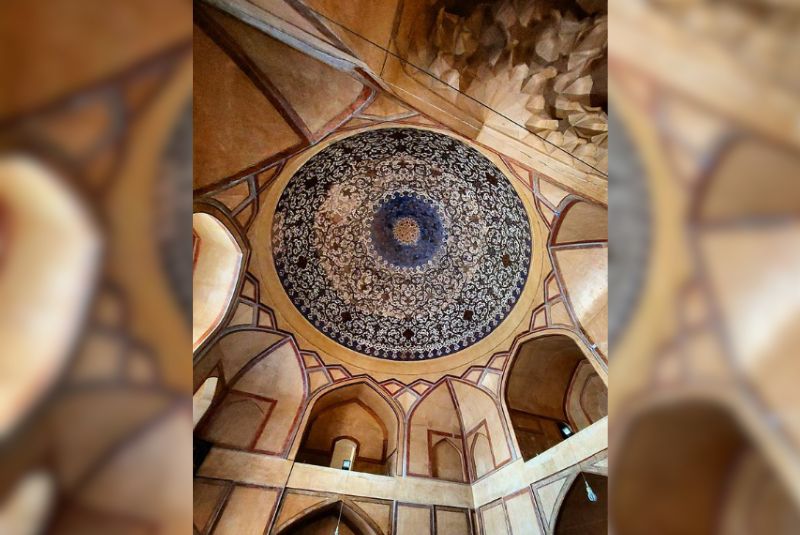
Minarets and Iwans: The mosque features traditional Safavid elements such as iwans (vaulted halls) and minarets. The iwans are used for congregational prayers, providing a large, open space that is both functional and aesthetically pleasing.
Prayer Hall and Mihrab: The prayer hall is modest yet elegant. The mihrab, or prayer niche, is slightly below the main prayer area, which itself is elevated above the courtyard. This design creates a sense of reverence and focuses attention on the central area of worship.
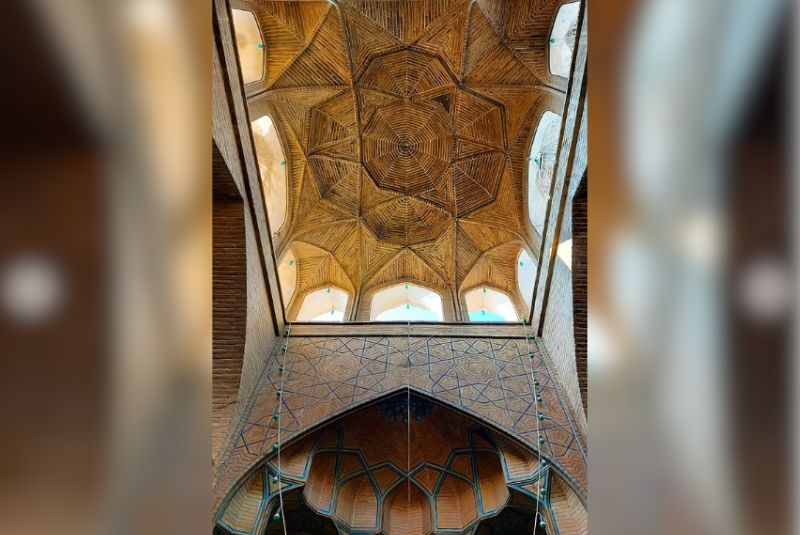
Inscriptions: One notable feature of the mosque is its inscription, which adorns the entrance facing the bazaar. Crafted by Mohammad Reza Emami Isfahani, the inscription is written in elegant white Suls script on an azure background. It commemorates Saru Taqi and his contributions, highlighting his reverence for Shah Abbas II and Shah Safi.
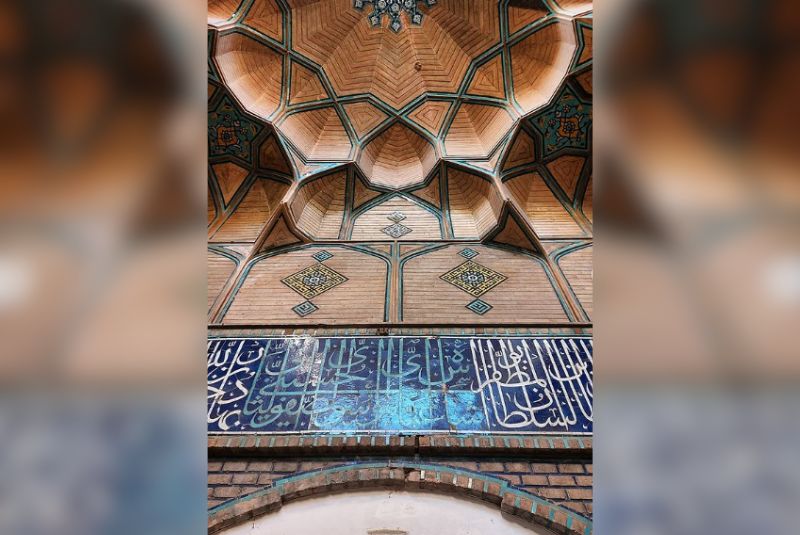
The inscription describes Saru Taqi as "Mukhdoom al-Umara" (Lord of the Princes) and "Khadim al-Fuqara" (Servant of the Poor), reflecting his status and humility.
What to Expect at Saru Taqi Mosque
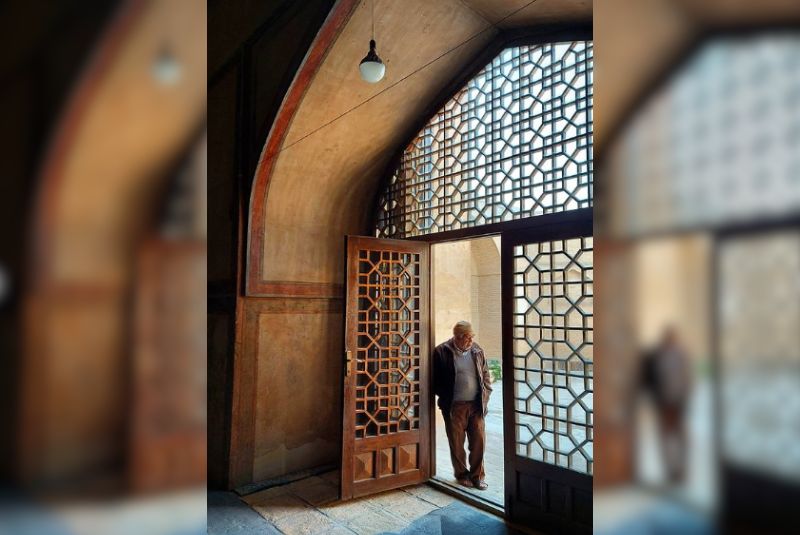
Visitors to the Saru Taqi Mosque will experience a serene environment that contrasts with the lively markets nearby. The mosque’s modest exterior leads to a surprisingly ornate interior, making it a hidden gem among Isfahan’s historical sites.
Saru Taqi Mosque Location
The Saru Taqi Mosque is located in Isfahan, a city renowned for its rich historical and architectural heritage. Specifically, it is situated in the Hassan Abad Bazaar area, between the Maqsud Beik Bazaar and the Hassan Abad Bazaar, adjacent to Imamzadeh Ahmad.
How to Get There
From Isfahan City Center: The mosque is easily accessible by taxi or local transport from the city center. It’s about a 10-15 minute drive, depending on traffic.
Public Transport: Buses and local taxis frequently travel to the Hassan Abad area. It’s advisable to ask for the nearest stop or route that gets you close to the mosque.
Saru Taqi Mosque Nearby Attractions
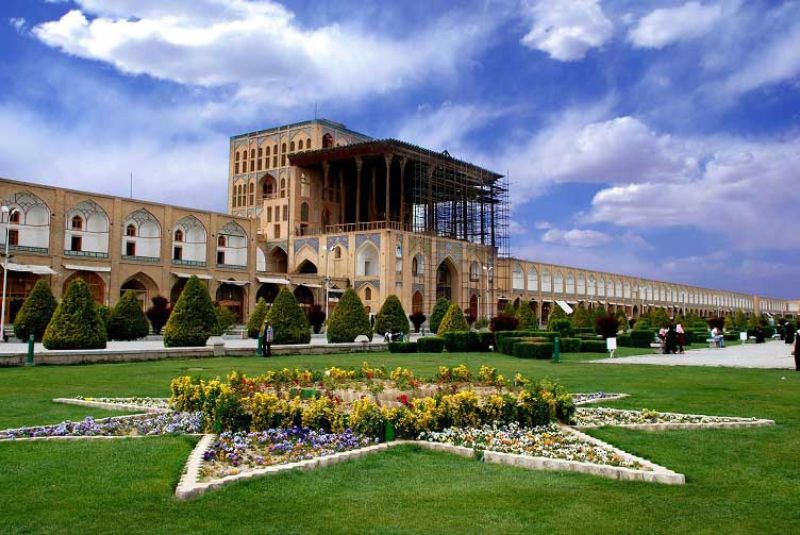
While in the area, tourists can explore the surrounding markets and other historical landmarks of Isfahan. The city's rich architectural heritage includes famous sites such as the Naqsh-e Jahan Square, the Ali Qapu Palace, and the Si-o-se-pol Bridge, all reflecting the grandeur of the Safavid era.
Saru Taqi Mosque Opening Hours
The Saru Taqi Mosque is open to visitors anytime. Given that it is a functioning mosque, it is best to check local prayer times and plan your visit accordingly.
Best Time to Visit Saru Taqi Mosque
The ideal times to visit the Saru Taqi Mosque are during the cooler months of spring (March to May) and autumn (September to November). During these periods, the weather in Isfahan is pleasant, making your visit more enjoyable. Avoid the peak summer months (June to August) due to high temperatures.
Tips for Visiting the Mosque
- Dress Modestly: As with all religious sites, it is important to dress modestly. Ensure your clothing covers your arms and legs.
- Respect Prayer Times: The mosque is an active place of worship. Be mindful of prayer times and avoid disruptions.
- Photography: Check with the mosque’s administration regarding photography policies to respect the sanctity of the site.
- Local Etiquette: Be respectful of local customs and traditions during your visit.
Bottom Line
The Saru Taqi Mosque is more than just a historical site; it is a piece of Iran’s cultural and architectural heritage. Its intricate dome and the story behind its construction make it a must-visit for those interested in Persian history and architecture. As you explore Isfahan, make sure to include this hidden gem in your itinerary to experience the depth of Iran’s historical and cultural legacy.
Share your story!
Comment below and let us know about your Experience.
Your story inspires others!


Comment
Leave a Comment